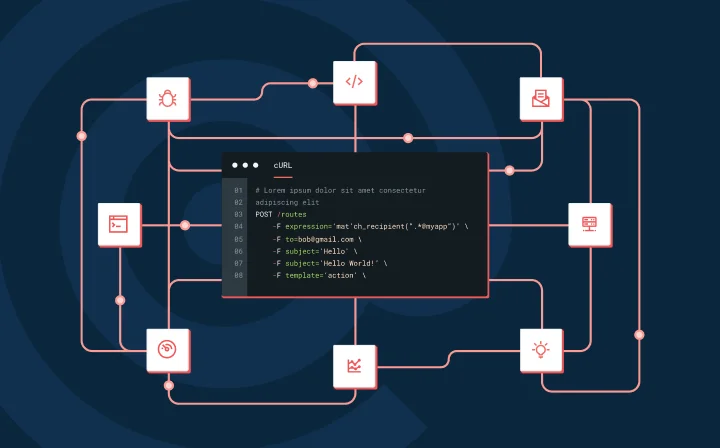IT & Engineering
Lemmacmd: Simple file encryption tool

IT & Engineering

Occasionally we all find the need to encrypt files as part of our job. The need to encrypt files comes up for a variety of reasons: the need to commit sensitive information into a repository, the need to transfer information over an insecure medium, or the need to leave something on disk that requires stronger access controls than the operating system provides.
While a variety of options exist, most of them are clunky, confusing, or worse yet, give a false sense of security. For example GPG is often recommended to encrypt files, but it ships with a variety of outdated ciphers and usability has never been it’s strong suit. OpenSSL comes with a convenient command line tool called “openssl enc”, but it actually doesn’t support any form of authenticated encryption.
Mailgun has written a simple tool called lemmacmd that uses NaCl and PBKDF#2 under the hood to encrypt and decrypt small files on disk. It gets a lot of things right:
lemmacmd encrypt -in foo.txt -out foo.txt.encIf you are interested in checking out the source or contributing, it’s available via GitHub as is the latest release.
As always, if you find any issues (or security vulnerabilities!) please reach out to us via GitHub.